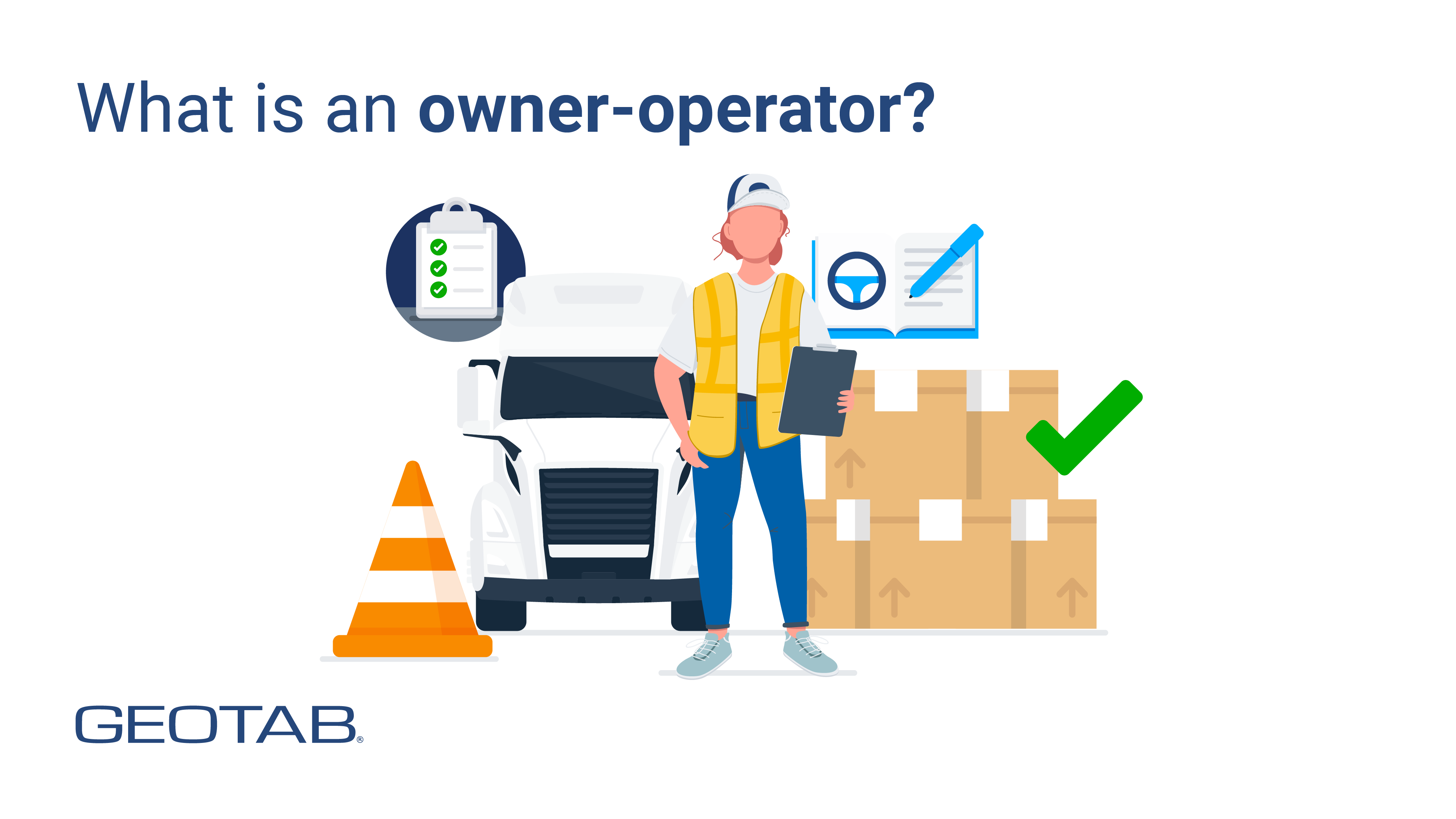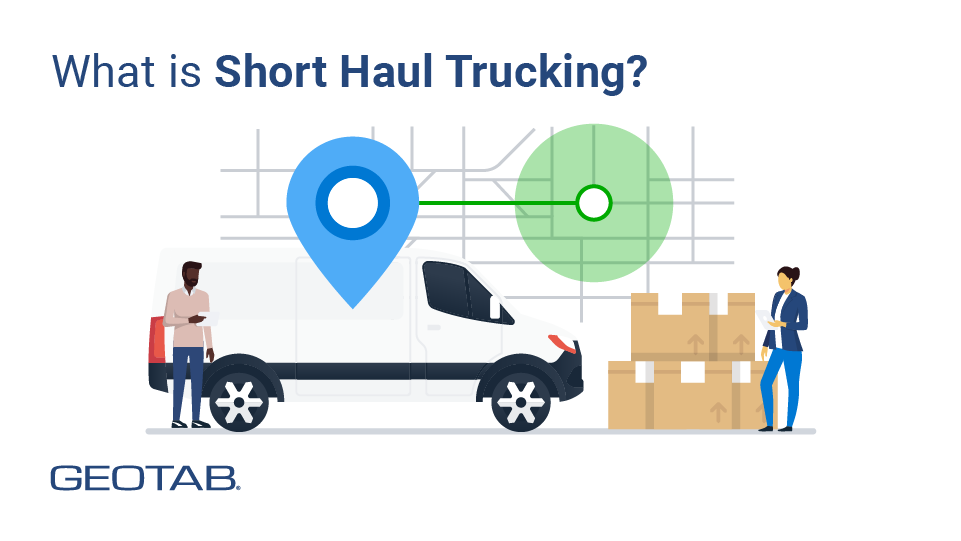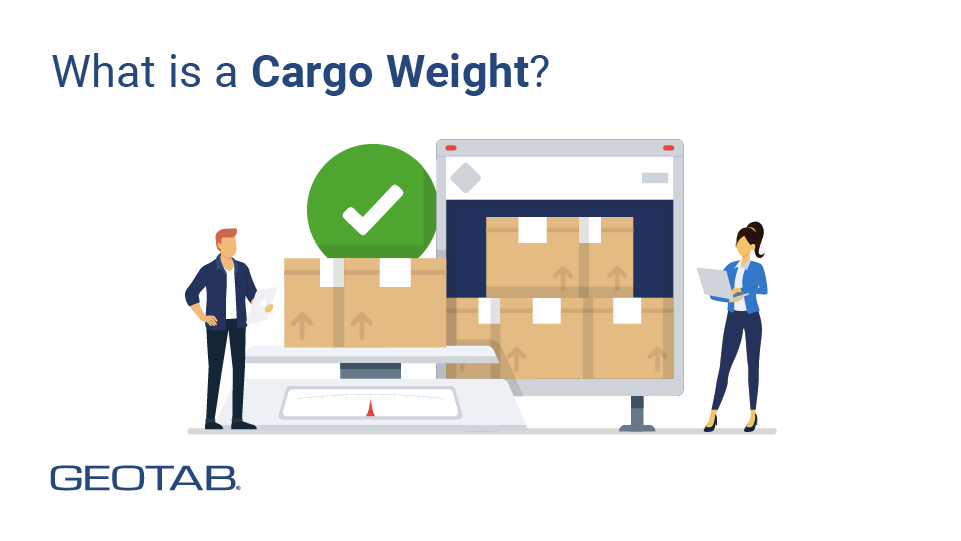What are commercial vehicles (CMV)?
October 21, 2024
•4 minute read

Definition
- A commercial motor vehicle (CMV) is any motor vehicle registered by a company to be used for commercial or business purposes. This can include trucks, vans, buses – even rickshaws.
What are commercial vehicles (CMVs)?
At its most basic level, a commercial motor vehicle (CMV) is any motor vehicle registered by a company to be used for commercial or business purposes. This can include trucks, vans, buses – even rickshaws.
Legally, the Federal Motor Carrier Safety Administration (FMCSA) defines a commercial vehicle as "any self-propelled or towed vehicle used on a public highway in interstate commerce to transport passengers or property when the vehicle:
- Has a gross vehicle weight rating (GVWR) or gross combination weight rating (GCWR), or gross vehicle weight (GVW) or gross combination weight (GCW), of 4,536 kg (10,001 pounds) or more, whichever is greater; or
- Is designed or used to transport more than 8 passengers (including the driver) for compensation; or
- Is designed or used to transport more than 15 passengers, including the driver, and is not used to transport passengers for compensation; or
- Is used in transporting material found by the Secretary of Transportation to be hazardous under 49 U.S.C. 5103 and transported in a quantity requiring placarding under regulations prescribed by the Secretary under 49 CFR, subtitle B, chapter I, subchapter C.”
Commercial vehicle types
The definition of a commercial vehicle is kept intentionally broad and encompasses many different types of vehicles. Here are some of the most common types of CMVs and their definitions.
Commercial trucks
Commercial trucks typically fall into one of three categories:
- Light-duty trucks (Classes 1-3): Versatile vehicles with a GVWR of up to 10,000 pounds and suitable for both personal and commercial uses. Popular examples of light duty trucks are the Ford F-150 and the Chevrolet Silverado 1500.
- Medium-duty trucks (Classes 4-6): These vehicles bridge the gap between light-duty and heavy-duty trucks with a GVWR of 10,001 - 26,000 pounds. Common types of medium-duty trucks include box trucks, refrigerated trucks, and flatbed trucks.
- Heavy-duty trucks (Classes 6-8): Often referred to under the umbrella term of semi-trucks, heavy-duty trucks are capable of handling the heaviest loads, with a GVWR of over 26,000 pounds. Common examples of heavy-duty trucks are dump trucks, tanker trucks and, of course, semi-trucks.
Commercial vans
Commercial vans are designed to meet the diverse needs of industries like courier and delivery, light passenger transport and field services.
- Light-duty cargo vans (Classes 1-2b): With a GVWR of up to 10,000 pounds, these vehicles are common in the delivery industry. Popular examples of light-duty cargo vans include the Ford Transit and the Mercedes-Benz Metris.
- Medium-duty cargo vans (Classes 3-4): A more robust version of its light-duty counterpart, these vehicles have a GVWR of up to 16,000 pounds. Popular examples of medium-duty cargo vans include the Mercedes-Benz Sprinter and the Ram ProMaster.
- Light-duty passenger vans (Classes 1-2b): Designed for transporting under 15 passengers, these vehicles have a GVWR or up to 10,000 pounds. Popular examples of light duty passenger vans are the Chrysler Pacifica and Honda Odyssey.
- Medium-duty passenger vans (Classes 3-4): Suitable for transporting up to 20 passengers, these vehicles have a GVWR of up to 16,000 pounds. A popular example of a medium-duty passenger van is the Mercedes-Benz Sprinter.
Specialty vehicles
Though they may not immediately come to mind when thinking of commercial vehicles, the following can be considered commercial vehicles:
- First responder vehicles, including ambulances, fire trucks and police vehicles
- Mail trucks
- Garbage and recycling trucks
- Street sweepers
- Construction vehicles like cranes and bulldozers
Buses
Since the primary function of a bus is to transport passengers, whether through public transit, school transportation, or shuttle services, they qualify as CMVs.
What is required to drive a commercial vehicle?
The requirements to drive a CMV are dependent on the type of CMV, though they are typically more than the requirements to drive a personal vehicle. Here are the primary requirements to drive a CMV:
- A Commercial Driver's License (CDL): Categorized into three main classes (A, B and C), each class of CDL is defined by the type and weight of the vehicle being driven, as well as the endorsements required for certain types of cargo or passenger transport. A CDL is only required to drive CMVs that meet specific criteria tied to GVWR, number of passengers and if the cargo qualifies as hazardous.
- Endorsements: Endorsements can be added to a CDL to allow the driver to operate specific types of vehicles or transport specialty cargo. The endorsements are Passenger (P), Hazardous materials (H), Tank vehicles (N), Double/triple trailers (T) and School buses (S).
- Medical certification: Drivers are required to pass a physical examination conducted by a certified medical examiner to obtain their DOT medical card.
- Background check: Depending on who or what the driver is transporting, a background check may be required.
- Knowledge and skills assessments: Drivers must pass a written and skills-based test before receiving their CDL.
- Drug and alcohol testing: Drivers must pass pre-employment, random, post-accident and reasonable suspicion testing in order to drive a CMV and retain their CDL.
- Compliance with hours of service (HOS) regulations: Drivers are required to adhere to HOS regulations that mandate rest periods.
FMCSA regulations for CMVs
The FMCSA has established a comprehensive set of regulations to ensure the safety and efficiency of CMVs and their operators. These regulations cover various aspects of CMV operation, including driver qualifications (like CDL), vehicle maintenance, HOS and hazardous materials transportation. Here are the key areas regulated by the FMCSA:
- Driver qualifications: This includes CDLs, medical certifications, and drug and alcohol testing.
- Hours of service: This includes driving limits, rest breaks and weekly limits.
- Vehicle maintenance and inspection: This includes pre-trip and post-trip inspections as part of a driver's daily vehicle inspection report (DVIR).
- Safety standards: This can include how cargo is secured, if the vehicle has seat belts, or the use of an ELD (to comply with HOS regulations).
- Hazardous materials transportation: This requires the driver to have the H endorsement on their CDL in addition to proper labeling and documentation for the hazardous materials being transported.
Commercial motor vehicles encompass a wide range of vehicles used for business purposes, including trucks, vans, buses and specialty vehicles. The FMCSA plays a crucial role in regulating these vehicles to ensure safety and efficiency. This involves stringent requirements for driver qualifications, vehicle maintenance, hours of service and the transportation of hazardous materials. Whether it's obtaining a Commercial Driver's License (CDL), adhering to hours of service regulations, or ensuring proper vehicle inspections, compliance with FMCSA regulations is essential for the safe and lawful operation of CMVs.
Other Stories

May 5, 2025
6 minute read

March 20, 2025
4 minute read

March 20, 2025
3 minute read